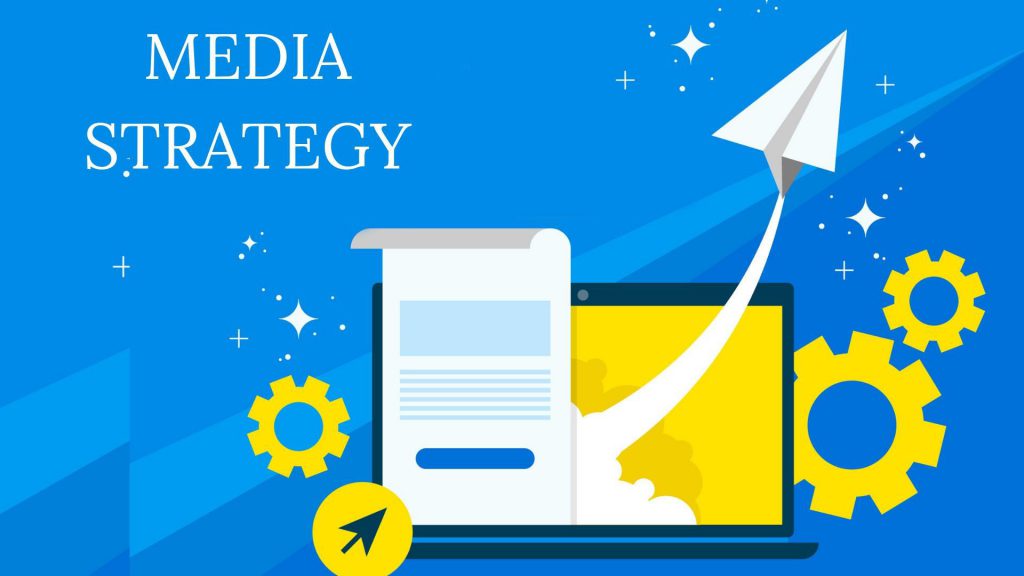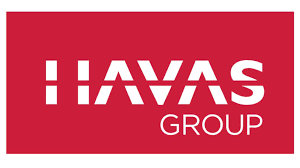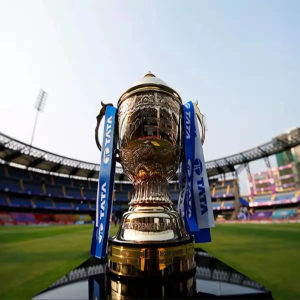How to Create an Effective Media Strategy
4 min read
How to Create an Effective Media Strategy
Creating an effective media strategy is crucial for ensuring that your advertising efforts reach the right audience, at the right time, through the right channels. An effective media strategy can maximize your return on investment (ROI) and elevate your brand presence. Here’s a step-by-step guide to developing a media strategy that works:

1. Define Your Goals
Start with clear objectives. Understand what you want to achieve with your media strategy. Common goals include:
- Increasing brand awareness
- Driving website traffic
- Generating leads
- Boosting sales
- Enhancing customer engagement
2. Know Your Audience
Conduct thorough audience research. Identify your target audience’s demographics, preferences, behaviors, and media consumption habits. Tools like surveys, social media insights, and market research reports can provide valuable data.
3. Analyze the Market
Study the competitive landscape. Analyze what your competitors are doing. Understand the media channels they use, their messaging, and how they engage their audience. This will help you identify opportunities and gaps in the market.
4. Choose the Right Channels
Select media channels that align with your audience and goals. Different channels serve different purposes:
- Television and Radio: Good for mass reach and brand awareness.
- Print Media: Effective for detailed information and targeting specific demographics.
- Digital Media: Ideal for targeted advertising and measurable results.
- Out-of-Home (OOH): Great for high visibility in specific locations.
5. Allocate Your Budget
Distribute your budget wisely. Consider the cost of each media channel and its potential return. Allocate more budget to channels that are likely to deliver the best results based on your goals and audience analysis.
6. Develop Your Message
Craft compelling and consistent messaging. Ensure your message resonates with your audience and aligns with your brand values. It should be tailored to each media channel but consistent in tone and style.
7. Create a Content Calendar
Plan your content and media placements. Develop a timeline for your campaigns, specifying when and where your ads will appear. This helps in maintaining a consistent presence and ensures timely execution.
8. Implement and Monitor
Launch your campaigns and track their performance. Use analytics tools to monitor key performance indicators (KPIs) such as reach, engagement, conversion rates, and ROI. This real-time data will help you understand what’s working and what’s not.
9. Optimize and Adjust
Make data-driven adjustments. Based on your performance analysis, tweak your strategy to improve results. This could involve reallocating budget, adjusting messaging, or changing the timing of your ads.
10. Evaluate Results
Review the overall effectiveness of your strategy. After the campaign ends, conduct a comprehensive evaluation to assess the success of your media strategy. Identify lessons learned and areas for improvement for future campaigns.

Conclusion
Creating an effective media strategy involves meticulous planning, continuous monitoring, and agile adjustments. By defining clear goals, understanding your audience, choosing the right channels, and optimizing based on performance data, you can develop a media strategy that drives significant results.
For expert assistance in developing a tailored media strategy, contact MyHoardings. Our experienced team is here to help you navigate the complexities of media planning and execution.
Contact Us
- Email: business@myhoardings.com
- Phone: +91-9953847639
- Website: www.myhoardings.com
Let MyHoardings empower your brand with a media strategy that delivers results.
List of Top Airports in India to Promote your Brand Effectively
World’s Best Advertising Agencies |
















